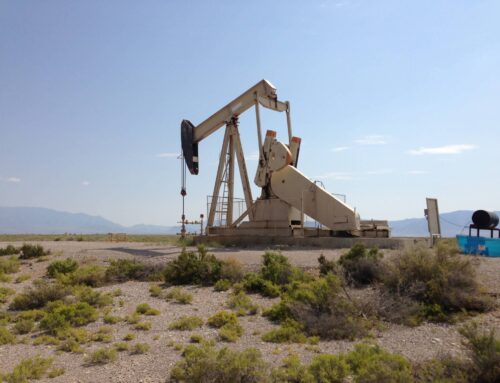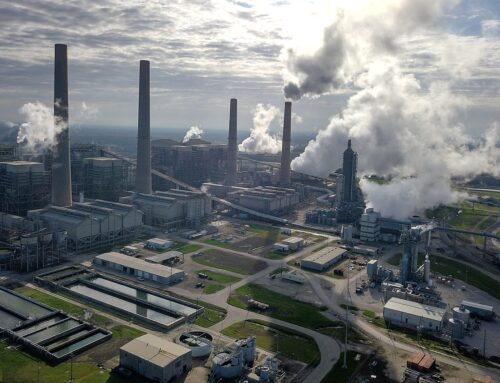The Government Accountability Office (GAO) recently released their annual analysis of the Department of Energy’s (DOE) Loan Guarantee Program. The report finds DOE is moving forward on up to $15.1 billion in loan guarantees, tabling the remaining $19 billion of the currently available loan guarantee authority at least for now. It was also revealed that DOE is “developing a new solicitation in the fossil sector.”
Created in Title XVII of the Energy Policy Act of 2005, the DOE loan guarantee program has received a total of 460 applications as a result of nine solicitations. To date, DOE has offered final loan guarantees to 28 projects valued at approximately $15 billion. According to the report, DOE considers 13 applications to still be ‘active.’ This number is down from the 50 considered ‘active’ during the No More Solyndras’ legislative debate last fall. In September 2012, Energy and Commerce Subcommittee Chairman Whitfield (R-KY) and other Members of Congress mentioned that 50 active loan guarantee applicants would have been grandfathered in under H.R. 6213, the No More Solyndras Act.
According to DOE, of the 13 applications still considered ‘active,’ eight are for energy efficiency and renewable energy projects, three for nuclear power generation projects, one for a nuclear front-end project, and one for a fossil energy project (See Table 1). Four of these applications have received conditional commitments valued at $10.3 billion while nine applications worth $4.8 billion are actively being reviewed. Left by the wayside—27 applications or $72 billion in requested loan guarantees are considered ‘inactive.’
One notable application deemed 'inactive' is the $2 billion loan guarantee for the United States Enrichment Corporation (USEC). This is good news, at least for now. With USEC near-bankrupt, it is about time this loan guarantee be dropped from the docket.
The four conditional commitments however, look likely to move and move soon. These four applications are directed towards only two projects: Southern Company’s Plant Vogtle nuclear reactor project in Georgia and AREVA’s Eagle Rock uranium enrichment project in Idaho. Southern Company’s Plant Vogtle project received its conditional commitments in 2010 to construct a pair of nuclear reactors; yet, the project continues to face significant project delays and cost overruns to the tune of $1 billion. Similarly, AREVA’s Eagle Rock project received its conditional commitment in 2010 to construct its uranium enrichment facility. However, the project was suspended in 2011 due to AREVA’s inability to maintain profits bringing the long-term viability of the project into question. According to the GAO analysis, AREVA is re-evaluating its corporate strategy—not a positive sign for taxpayers.
| Table 1: Active Department of Energy Loan Guarantee Applications | |||
|---|---|---|---|
| Technology |
Remaining Authority (billions) |
Active Applications |
Amount Requested (billions) |
| Energy Efficiency and Renewable Energy | $2.3 | 8 | $2.0 |
| Nuclear Power Generation | $18.5 |
3 (one project) |
$8.3 |
| Nuclear Front-End | $2.0 | 1 | $2.0 |
| Fossil Energy | $8.0 | 1 | $2.8 |
| Unallocated | $4.0 | 0 | $0.0 |
| TOTAL | $34.8 | 13 | $15.1 |
| Source: Government Accountability Office. “Status of Loan Programs.” GAO-13-331R. March 15, 2013. | |||
Whether it is $15 billion or the full $34 billion in loan guarantee authority still available, taxpayers have a considerable stake in the successes or defaults of DOE’s Title XVII program. Putting the full faith and credit of the U.S. government behind billion dollar, high-risk projects that the private sector won’t finance is fiscally irresponsible. The defaults of Solyndra and others have shown us this program is broken and taxpayers stand to lose billions, if it continues.
For more information, please contact Autumn Hanna at (202) 546-8500 x112 or autumn [at] taxpayer.net











Get Social